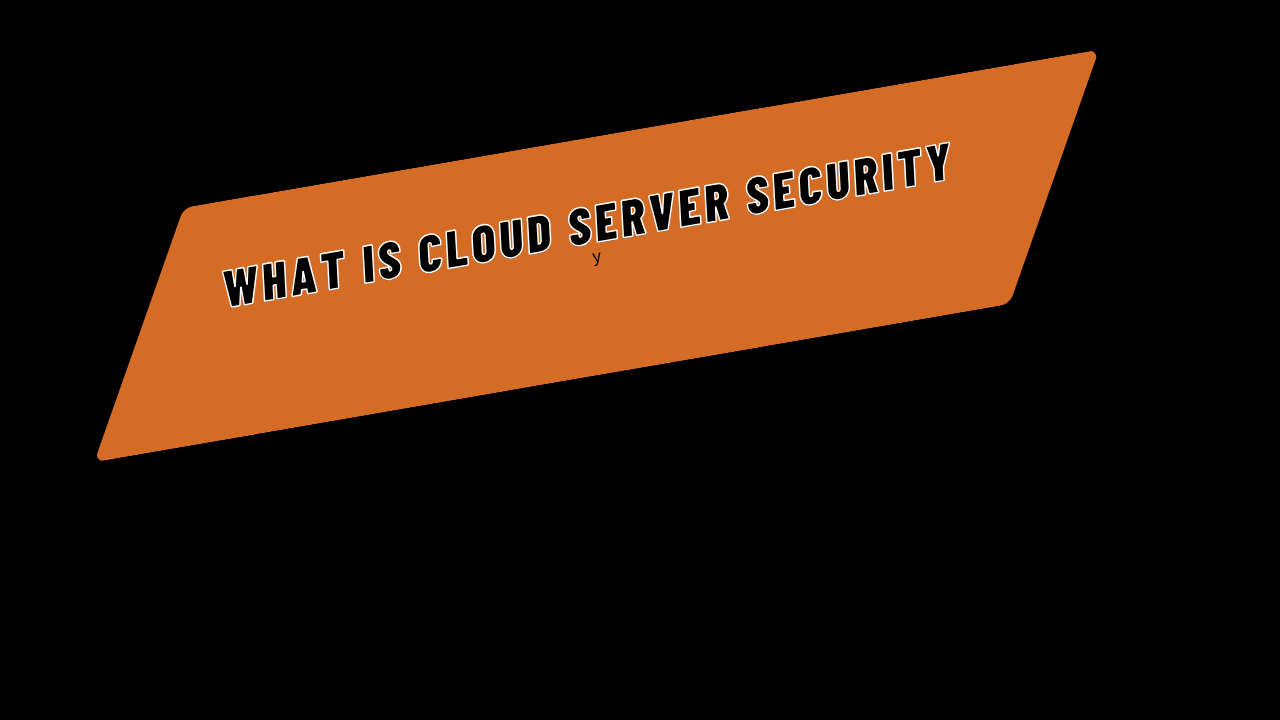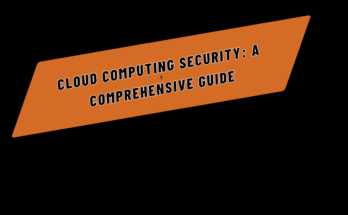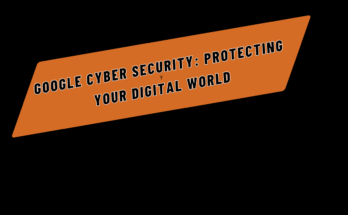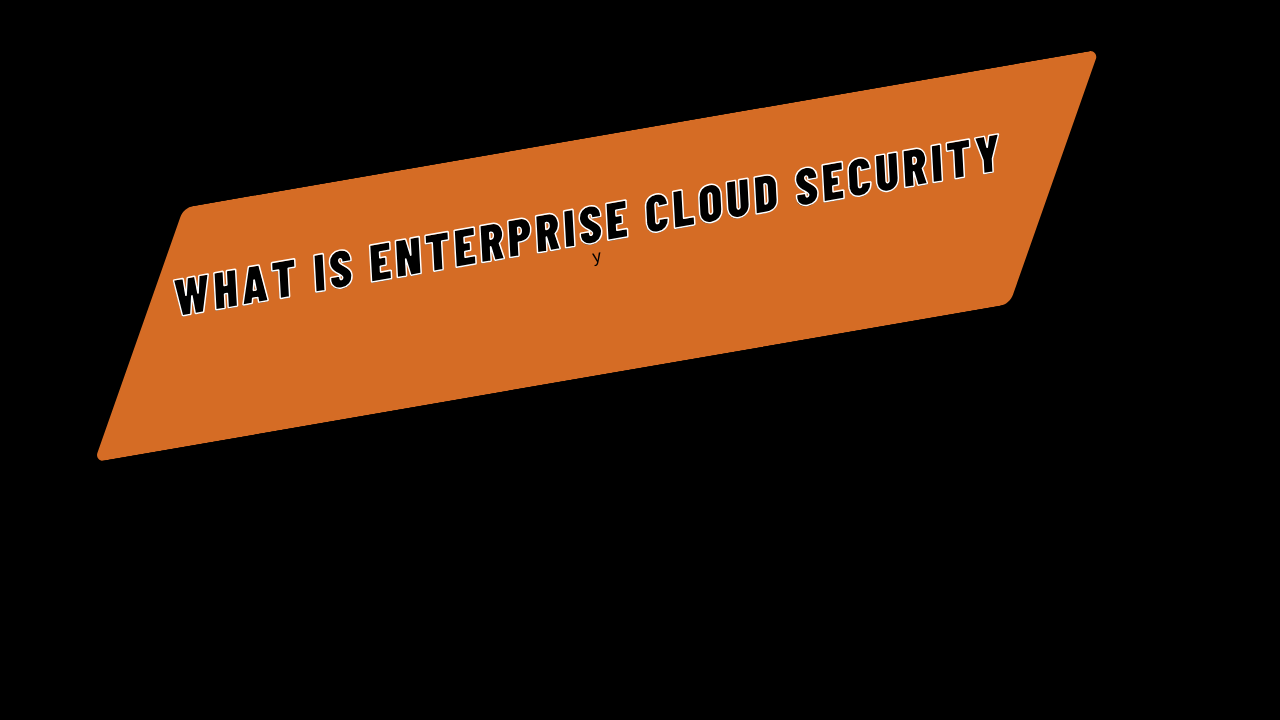Introduction
What is Cloud Server Security?
Cloud server security refers to the set of policies, technologies, and controls deployed to protect data, applications, and the associated infrastructure of cloud computing. As organizations increasingly rely on cloud environments, securing these platforms from unauthorized access, cyber threats, and data breaches becomes paramount. Cloud security encompasses a broad range of practices and technologies, aimed at safeguarding the integrity, confidentiality, and availability of cloud resources.
Importance of Cloud Server Security
In today’s digital age, data is one of the most valuable assets a company possesses. The shift to cloud computing has revolutionized how organizations operate, offering scalability, flexibility, and cost-efficiency. However, this transition also introduces new security challenges. Ensuring robust cloud server security is critical for protecting sensitive data, maintaining customer trust, complying with regulatory requirements, and preventing financial losses due to security incidents.
Overview of Cloud Security Challenges
Despite the numerous benefits of cloud computing, it presents several security challenges. These include data breaches, insider threats, insecure APIs, and misconfigurations. Each of these threats can have severe consequences, from data loss to significant financial damage. Effective cloud security strategies must address these challenges through a combination of technology, processes, and human expertise.
Types and Categories of Cloud Security
Data Security
Data security in the cloud involves protecting data at rest, in transit, and during processing. Techniques such as encryption, tokenization, and access controls are essential to safeguard sensitive information from unauthorized access and breaches.
Network Security
Network security focuses on protecting the cloud infrastructure from network-based threats. This includes measures like firewalls, intrusion detection systems (IDS), and secure network configurations to prevent unauthorized access and data interception.
Application Security
Application security in the cloud involves ensuring that cloud-based applications are free from vulnerabilities and secure from attacks. This includes secure coding practices, regular vulnerability assessments, and the use of application firewalls.
Endpoint Security
Endpoint security ensures that devices accessing the cloud, such as computers, smartphones, and tablets, are secure. This involves using antivirus software, endpoint detection and response (EDR) tools, and maintaining updated security patches.
Identity and Access Management (IAM)
IAM involves managing user identities and their access to cloud resources. Implementing strong authentication methods, role-based access controls (RBAC), and regular audits are crucial for preventing unauthorized access.
Compliance and Legal Security
Compliance and legal security ensure that cloud deployments meet regulatory requirements and industry standards. This involves adhering to frameworks such as GDPR, HIPAA, and PCI DSS, and ensuring data sovereignty.
Physical Security of Cloud Data Centers
Physical security involves protecting the physical infrastructure of cloud data centers. This includes measures such as surveillance, access controls, and environmental controls to prevent unauthorized physical access and damage.
Cloud Security Threats and Vulnerabilities
Data Breaches
Data breaches occur when unauthorized individuals gain access to sensitive data. This can result in the loss of personal information, financial data, and intellectual property, leading to severe reputational and financial damage.
Insider Threats
Insider threats arise from individuals within the organization who have access to sensitive data and resources. These threats can be malicious or unintentional, but they pose significant risks to cloud security.
Malware and Ransomware Attacks
Malware and ransomware attacks involve malicious software that can disrupt operations, steal data, or demand ransom payments. These attacks are increasingly targeting cloud environments due to their centralized data storage.
Denial of Service (DoS) Attacks
DoS attacks aim to disrupt services by overwhelming cloud resources with excessive traffic. This can lead to downtime, reduced performance, and financial losses for businesses relying on cloud services.
Insecure APIs
APIs are essential for cloud services, but insecure APIs can expose vulnerabilities that attackers can exploit. Ensuring robust API security through authentication, authorization, and encryption is vital.
Account Hijacking
Account hijacking occurs when attackers gain unauthorized access to user accounts. This can result in data theft, unauthorized transactions, and loss of control over cloud resources.
Misconfiguration and Exploits
Misconfiguration of cloud services can lead to security vulnerabilities. Ensuring proper configuration, regular audits, and adherence to best practices are necessary to prevent exploits.
Advanced Persistent Threats (APTs)
APTs are sophisticated, prolonged attacks that target specific organizations. They aim to steal data or disrupt operations over an extended period, often remaining undetected for long durations.
Cloud Security Best Practices
Data Encryption
Encrypting data both at rest and in transit is crucial for protecting it from unauthorized access. This ensures that even if data is intercepted, it remains unreadable without the decryption key.
Regular Security Audits
Conducting regular security audits helps identify vulnerabilities and weaknesses in the cloud environment. Audits should include penetration testing, vulnerability scanning, and compliance checks.
Implementing IAM Policies
Effective IAM policies control who can access cloud resources and what actions they can perform. Implementing least privilege access, multi-factor authentication (MFA), and regular access reviews are essential components.
Continuous Monitoring
Continuous monitoring involves real-time tracking of cloud activities to detect and respond to security incidents promptly. Using SIEM systems and automated alerts can enhance threat detection and response.
Secure Software Development Lifecycle (SDLC)
Integrating security into the SDLC ensures that security measures are considered throughout the development process. This includes secure coding practices, code reviews, and regular testing for vulnerabilities.
Network Security Measures
Implementing network security measures such as firewalls, virtual private networks (VPNs), and intrusion prevention systems (IPS) helps protect cloud environments from network-based attacks.
Incident Response Planning
Having a well-defined incident response plan ensures that organizations can quickly respond to and mitigate the impact of security incidents. This includes defining roles, communication plans, and recovery procedures.
Employee Training and Awareness Programs
Training employees on security best practices and raising awareness about potential threats can significantly reduce the risk of human error-related security incidents. Regular training sessions and simulated phishing exercises
4o



